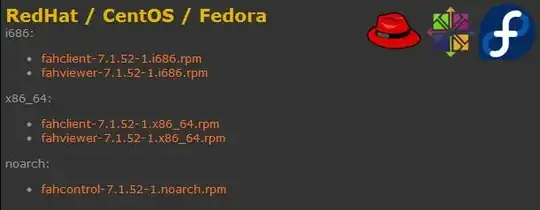In this case the noarch "binary" is really just a control script (shell, perl, or similar - in this case it's a Python script). It is "architecture independent" because it's written in an interpreted language and doesn't care about the CPU it's running on.
You would still need a Client or Viewer appropriate to your architecture in order to perform folding or view the results (because these are actually compiled code, most likely C or C++, and care very much about the processor they were built for).
This is not to say you couldn't build an architecture-independend Folding-at-Home client or viewer, but unless you're offering to step up and implement it in a cross-platform language I wouldn't hold my breath :-)
What's best for high performance applications? It depends on the application, but typically compiled code, built and optimized for the architecture it's going to be running on.
